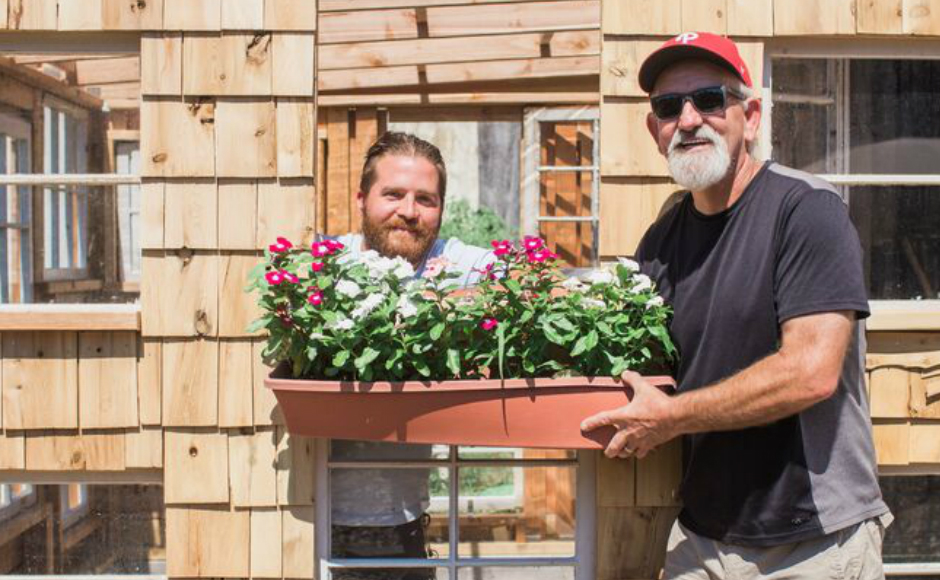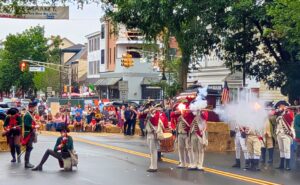 Faulseit and Ehret. Credit: Tricia Burrough.
Faulseit and Ehret. Credit: Tricia Burrough. Faulseit and Ehret. Credit: Tricia Burrough.
Faulseit and Ehret. Credit: Tricia Burrough.Related posts

CASA Opens Foster Care Advocacy Offices in Haddon Twp., Seeks Volunteers
CASA, the Court-Appointed Special Advocate program, serves foster children in three South Jersey counties, advocating for their needs until their cases are resolved. The program, which opened a new office in Haddon Township, is seeking new volunteers to help expand its services. Sign in or subscribe to continue reading…
August 19, 2025
Haddonfield Skirmish Renews Relevance of Local History
The annual colonial-era re-enactment brings together fans of history, drama, and local culture for a high-energy pitched battle on Kings Highway. After 11 years, it hasn’t lost its impact. Sign in or subscribe to continue reading…
June 17, 2025
